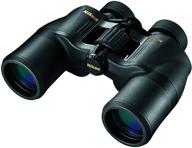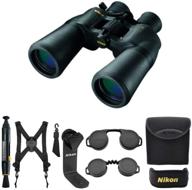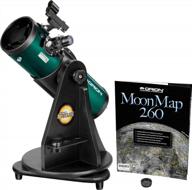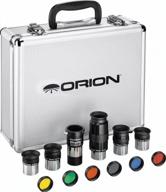
Review on Exploring the Outdoors with Zeiss Carl Optical Dialyt Field Spotter 18-45x 65 Spotting Scope by Anthony Montgomery

which many experts consider to be the best yet
This spotting scope has been used extensively over the past year. I consider it a hybrid that combines many features not normally found in spotting scopes. Previous posts have talked about how durable it is and this is quite possibly the most durable handheld spotting scope ever built with quality optics. I will therefore not describe in detail why this is so. Some of these, what we call alpha channel binoculars, cost twice as much but offer only a slight overall improvement in optical imaging. I recently compared it to the Swarovski HD 65mm scope, considered by many experts to be the best scope on the market today, regardless of cost. One of the most difficult tasks of any spotting scope is looking at the horizon just after sunset or sunrise, or when the sun is a fireball on the horizon. How the resolution holds up and handles the flair is an important test. Dialyt corresponds to HD in this usage. The Dialyt is a very bright rifle scope in unfavorable light conditions, which speaks volumes for the quality of the lenses and coatings. Both lens and eyepiece caps are the best available today. And because they're attached to a wide carrying strap, they'll never get lost, but they don't get in the way when using the scope either. On a tripod it's just another quality spotting scope, but outside of that the Dialyt is in a class of its own. Sheer practicality and the ability to improvise make it special. I'm going to talk about a recent experience I had at Yellowstone Park, which is only 180 miles from where I live. Waterfall area - upper and lower falls. The river itself in front of the waterfall widens with grassy banks, which serve as a feeding and resting place for various birds - geese, ducks, pelicans, and sometimes swans. I say "occasional swan" meaning the tundra swan and the trumpeter swan. With a wingspan of up to 10 feet and a weight of almost 40 pounds, the trumpeter swan is the largest water bird in the world. Almost a century ago, the trumpeter was critically endangered with only 70 known breeding pairs. Luckily for all of us, they are being saved by strict conservation measures, but today you rarely see them even if you look for them. They do not tolerate people and crowds of people in the immediate vicinity. So the reader can imagine how exciting it was when I noticed four very white and large "droplets" on the south bank of the river, signifying either pelicans or resting swans, the exact species of the swans is unknown. . Pelicans are so widespread that most people just can't stop looking at them. And their resting postures are different from those of swans. I quickly pulled off the freeway at a convenient spot and immediately grabbed my Dialyt without the window mount, placed a small pillow on the roof of the car and placed the Dialyt on top, which provided great support for a quick peek. My estimate of the distance was about 40 meters. When the swans are resting, they take their long necks and heads and press them to the side under their heads, so their identity was hidden on the other side, which in this case was the river side. . I waited a few minutes and like a rehearsed movement, the swans slowly began to stretch their necks and heads forward, raising them fully. It was the trumpeter swans! Two pairs of elegant birds that mate for life travel to unknown places. It was a Dialyte moment! Adjusting a conventional spotting scope would take too long. But Dialyt's sheer versatility gave me the opportunity to see her up close. John
- Done
- Without automatic
New products
Comments (0)
Top products in 🔭 Binoculars & Scopes

👀 Nikon ACULON A211 8x42 Binoculars: High Quality Optics for Exceptional Viewing

15 Review

Nikon ACULON 10 22X50 Binoculars Harness

12 Review

Discover The Wonders Of The Universe With Orion StarBlast 4.5 Telescope In Teal Color

14 Review

Enhance Your Stargazing Experience With Orion'S Premium Telescope Accessory Kit (1.25-Inch, Silver)

21 Review






